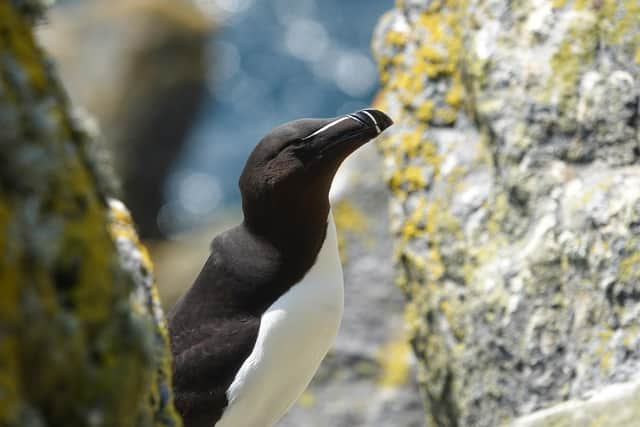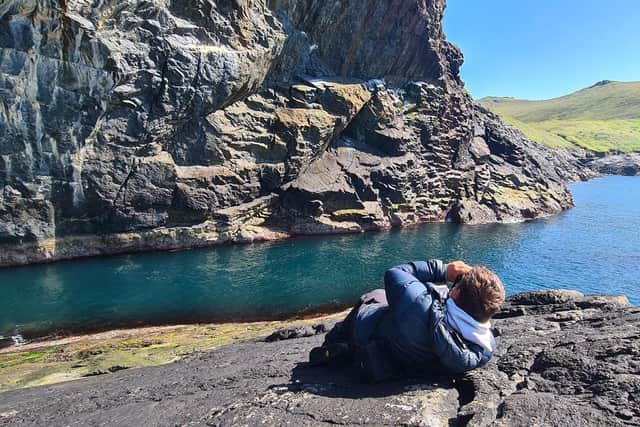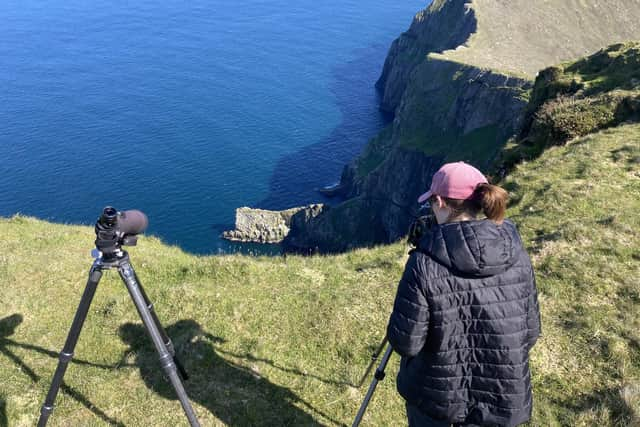First St Kilda seabird census in two decades shows alarming species decline in Britain's largest colony
The first cliff-nesting seabird census on St Kilda carried out since 1999 has confirmed the “tragic but expected” decline of species on the Scottish archipelago.
It is widely known that bird colonies worldwide have been struggling in the last few decades due to the impact of climate change.
Advertisement
Hide AdAdvertisement
Hide AdThe ocean temperatures warming is just one threat to their food source.


Devastating outbreaks of bird flu across the UK coastline and isles has also compounded the problem.
But the reality has hit home even more after newly collected data on St Kilda, home to Britain’s largest seabird colony, has shown population numbers of some species have declined by well over half of what they were two decades ago.
The data, which is still being processed, has been shared as the Scottish island group reaches the 93rd anniversary of when the last few residents were evacuated to the mainland on August 29 1930 after their way of living had become unsustainable.
Despite seabirds being a large part of the islanders’ diet, their decline has taken a more drastic downturn years after they left.


Some of the figures
For example, kittiwakes, a small gull with distinctive markings on their wings which make them look like they’ve been dipped in black ink, have declined by 84 per cent since 1999, according to the data collected this year.
And the number of fulmars, a “tubenose” seabird with a guttural cackle and which is a relative of the albatross, has dropped by 69 per cent in just over 20 years.
Described by experts as the “mainstay for the St Kildans”, this bird’s decline is particularly poignant for the islands.
Advertisement
Hide AdAdvertisement
Hide Ad

Natural history author Thomas Bewick wrote in 1804: “No bird is of so much use to the islanders as this: the fulmar supplies them with oil for their lamps, down for their beds, a delicacy for their tables, a balm for their wounds and a medicine for their distemper.”
Craig Nisbet, a seabird ranger with National Trust Scotland (NTS), which owns the islands, and who lives on St Kilda for several months of the year said the decline is “heartbreaking” to witness.
"The reasons are complex, but the primary concern is climate change the availability of food,” he said.
